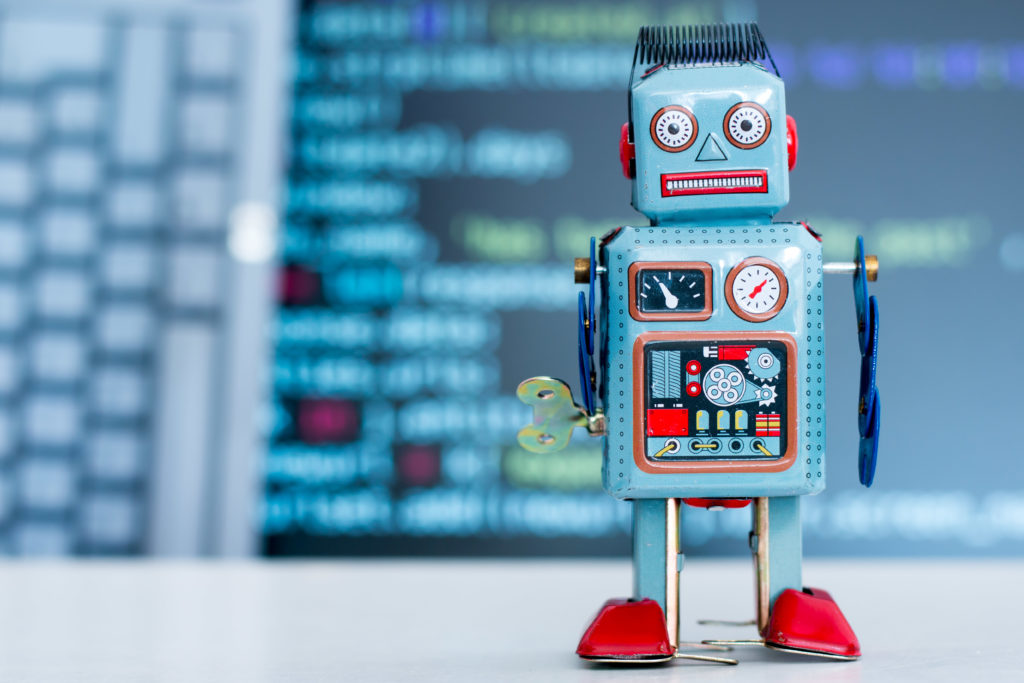Throughout the 2010s, various organizations tried their best to predict what Workforce 2020 would look like. We have now arrived in 2020, so there is no more need to predict. Let’s have some fun and look back at some of the educated guesses and compare them to the current reality.
Workforce 2020 Predictions and Verdicts
Is the Cover Letter Dead Yet?

We all love to hate writing cover letters. In 2015, Ashley Stahl of Forbes predicted the end was near for the long-time job application staple, even citing evidence that most hiring managers don’t even read the things for which you spent many hours fretting over every word.
Verdict: No, unfortunately, cover letters are not dead. Even if employers aren’t going to read them, just a quick perusal of job sites will show that they are still a requirement for most job applications. At the very least, it seems that job submissions over e-mail are going away as companies implement their own cloud-based and user-friendly custom job sites.
Did Collaboration Tech Take Over?

Cisco took its shot at prediction with the “Transition to Workforce 2020” whitepaper way back in 2011. Part of that paper discussed the rise of collaborative technologies—both existing and yet to be invented at the time—as “poised to facilitate the amorphous ‘information spillover’ that will animate collaboration, diffuse good ideas, and encourage innovation in the future.”
Verdict: Slack was released in 2013, Microsoft followed suit with Teams in 2017. These are collaborative tools that have permeated workplaces and encouraged employee engagement. While these technologies have become a place to share ideas and innovation, one could say they are still under an adjustment period in the workplace as employees adapt to more messages and engagement with perhaps a higher number of internal groups.
Beyond Slack and Teams, collaboration tools like SAP Jam that were once described as social media for business are now being used successfully as corporate intranets.
Does Employee Experience Matter?

Consumer experiences have long been the focus of companies. However, in an increasingly competitive hiring environment, it’s important to create great employee experiences to attract and retain the best people. Back in 2017, eFront predicted that employee experience will matter as much to companies as consumer experience for Workforce 2020.
Verdict: We have a recent reference point for this—NRF 2020. If you judge by the general content, consumer experience is still king. However, employee experience is becoming more and more important. That is evidenced, for example, by SAP’s acquisition of Qualtrics, and the way it is augmenting traditional Human Capital Management with employee experience data to create Human Experience Management.
Did Robots Take Your Job?

The World Economic Forum asked Human Resources leaders in 2016 about a multitude of future-facing topics for its “Future of Jobs” report, with a focus on Workforce 2020. One of the most relevant: The impact of artificial intelligence (AI) and machine learning on jobs. Respondents took an overall negative view of AI’s impact on the job market, but “not on a scale that would lead to widespread societal upheaval—at least up until the year 2020.”
Verdict: Society certainly has not been “upheaved” by AI and machine learning as of yet. We do see self-driving cars, and even AI that can write news stories, so it does seem that there will be plenty of jobs that will be impacted in the years to come.
There are positive impacts of machine learning to be considered—such as job analyzer functionality from SAP SuccessFactors that uses machine learning to assess job postings for gender bias.
How to Use Predictions to Your Advantage
Predictions will not stop in the workforce world—or any area for that matter. Knowing what is coming next will always provide some sort of an advantage, but with so many predictions how can they be useful to your organization?
As you can see from the four Workforce 2020 predictions we assessed above, there was always a little bit of truth in what they said. Of course, you should always look at the source, but if an authority is making a prediction—be it a major publication, a large economic institution, a workforce technology provider or something else—there’s probably some element to that worth your attention.
So, as you are flooded with the next round of predictions for 2025 and 2030, remember that rarely is anyone exactly right, but often they can land in the ballpark.

